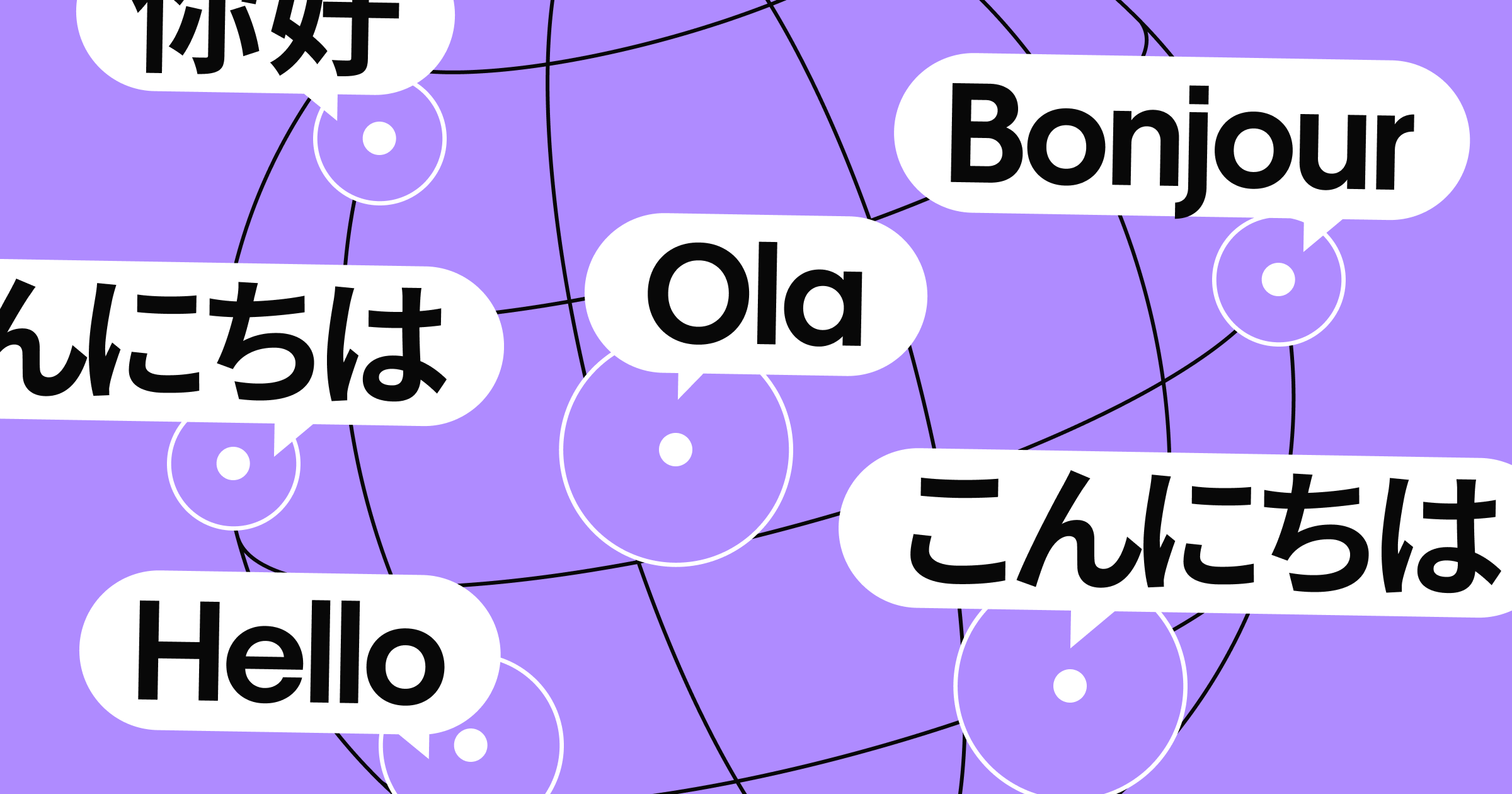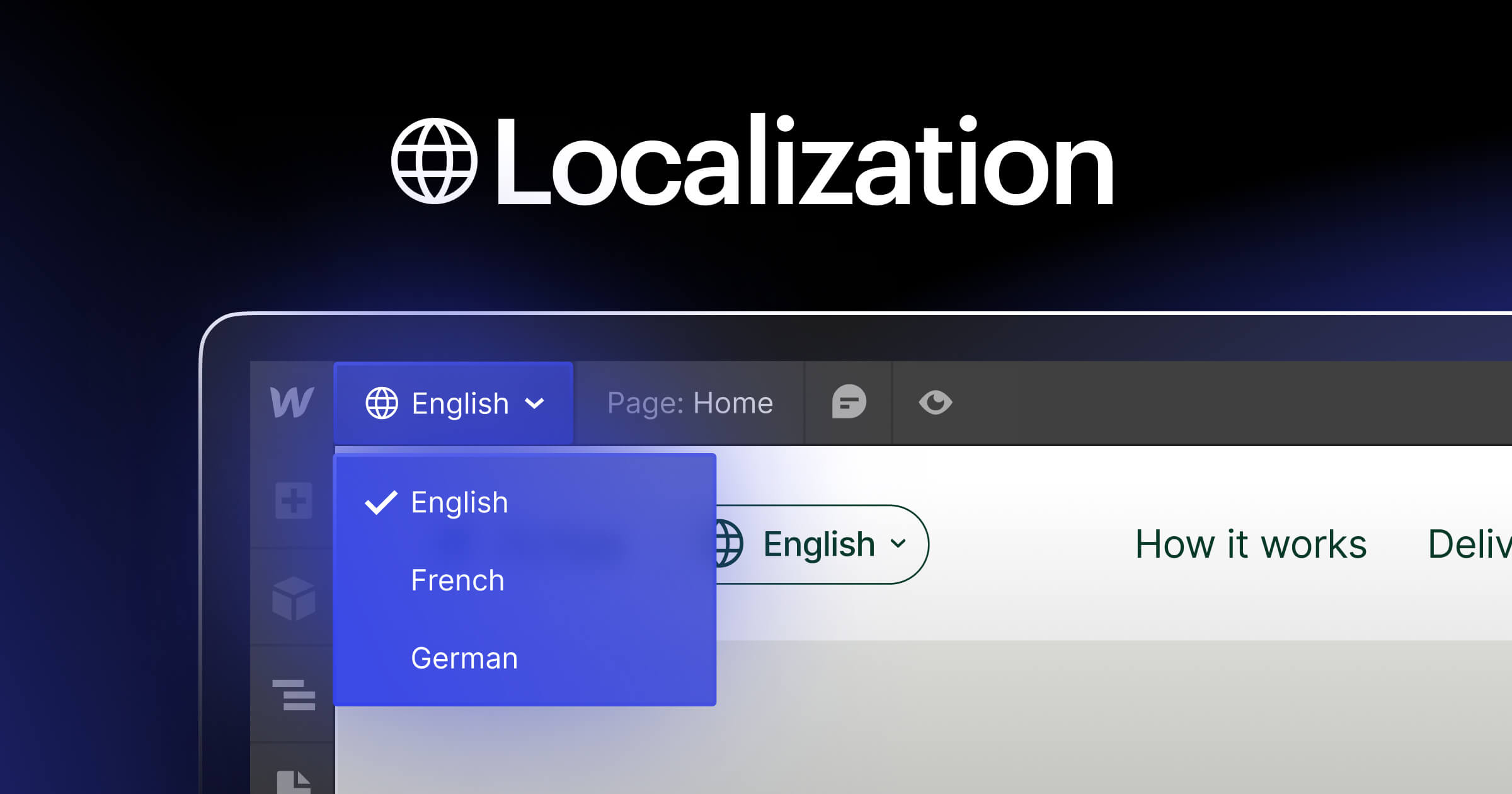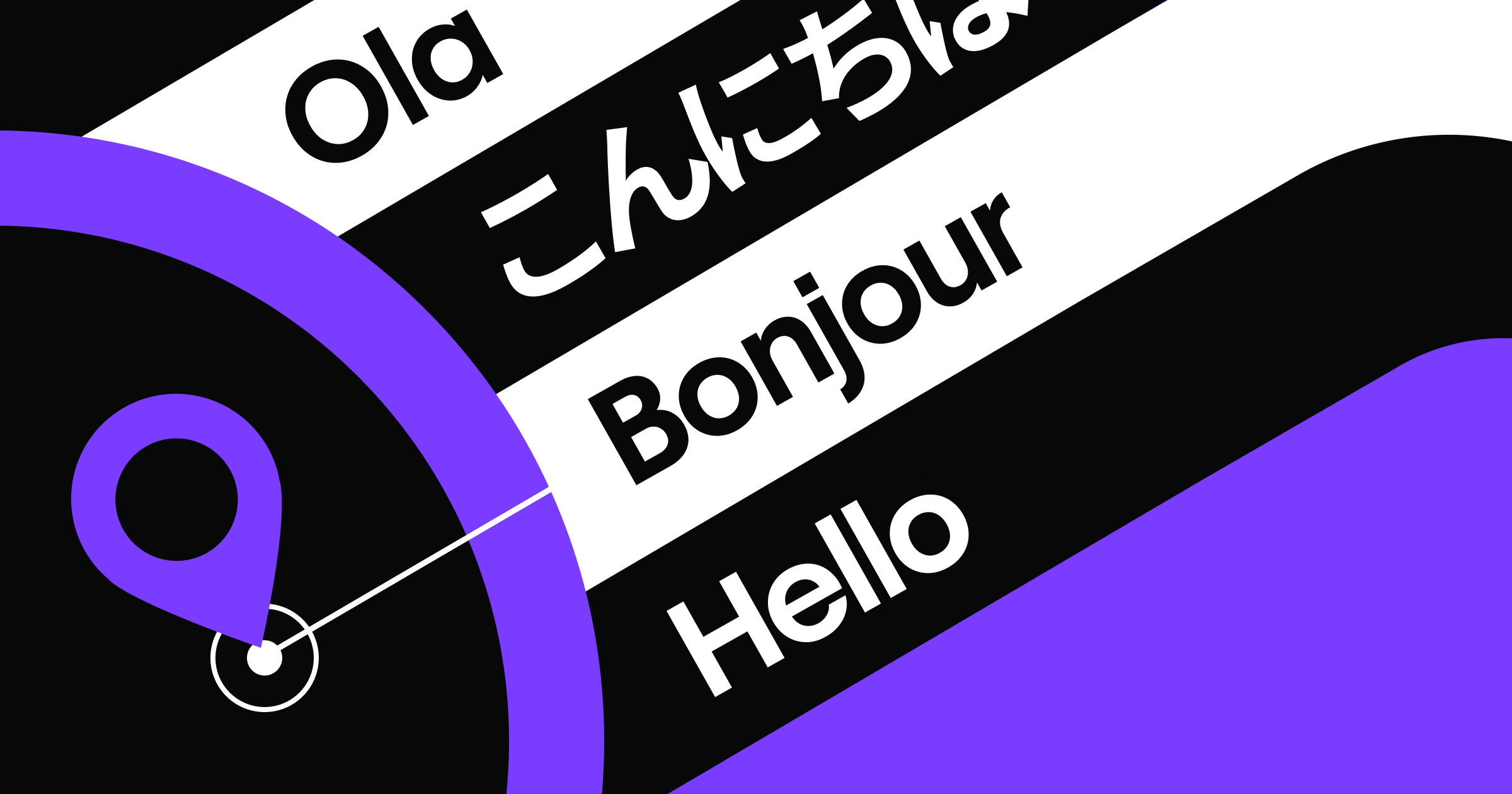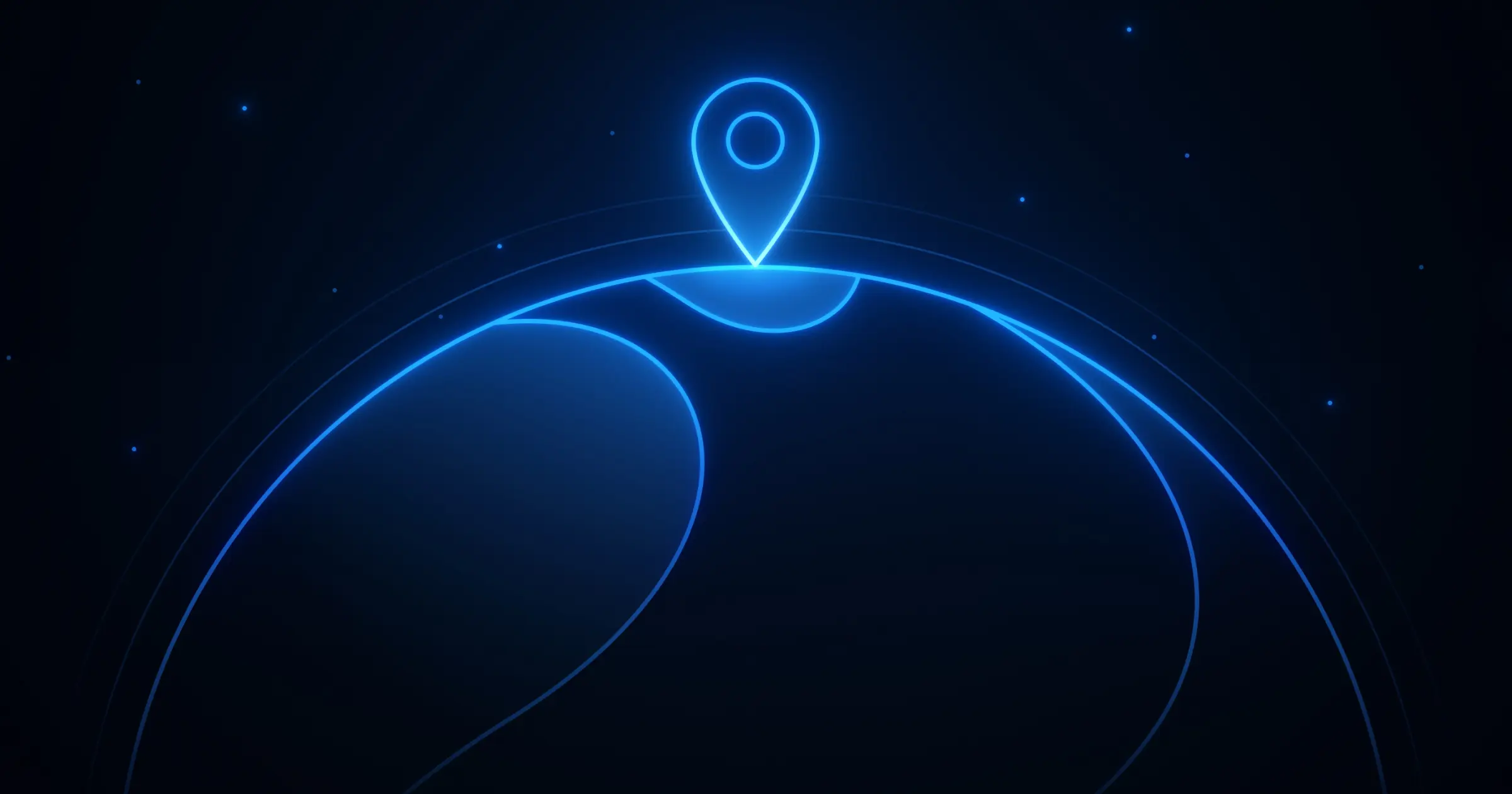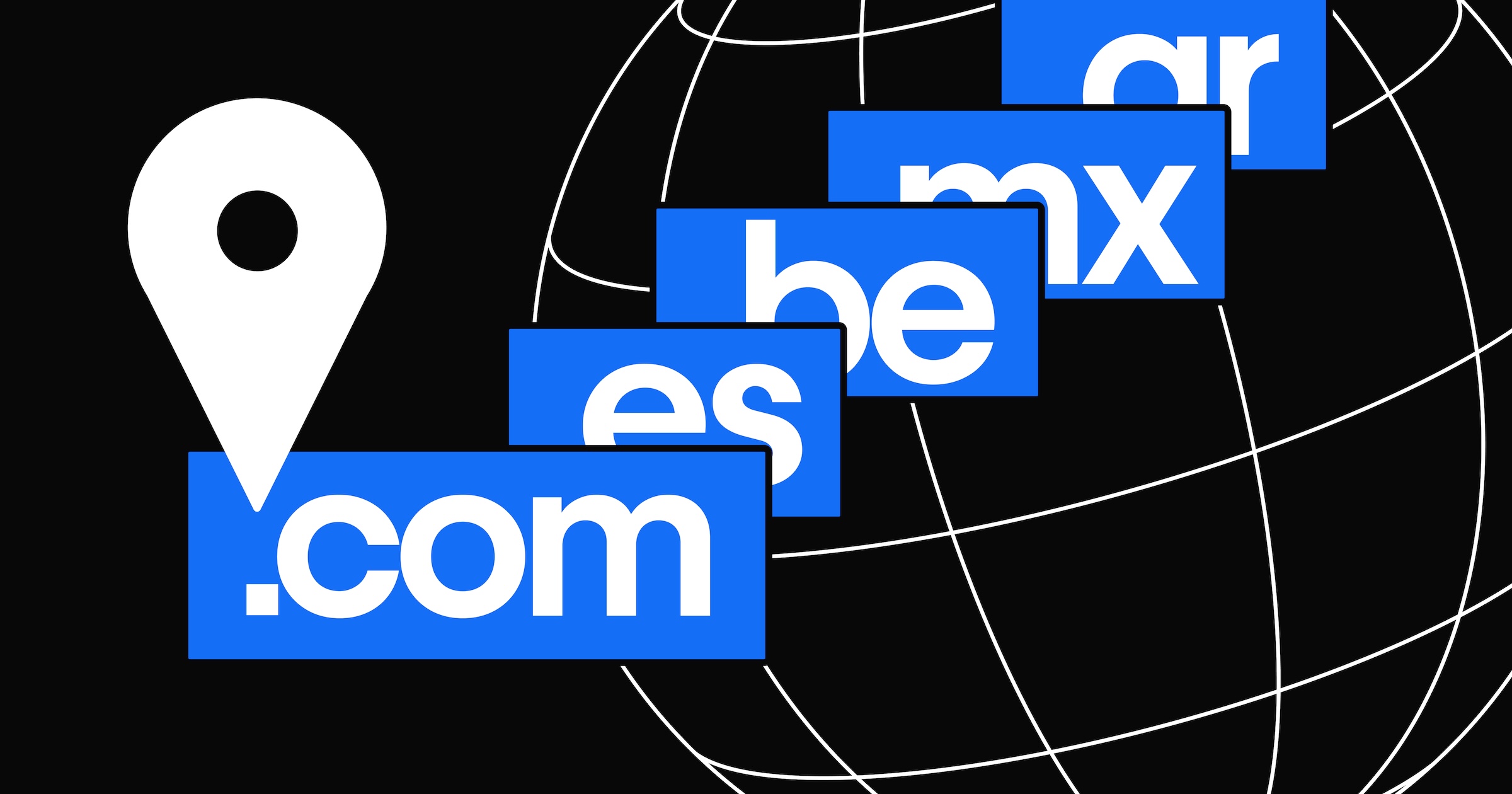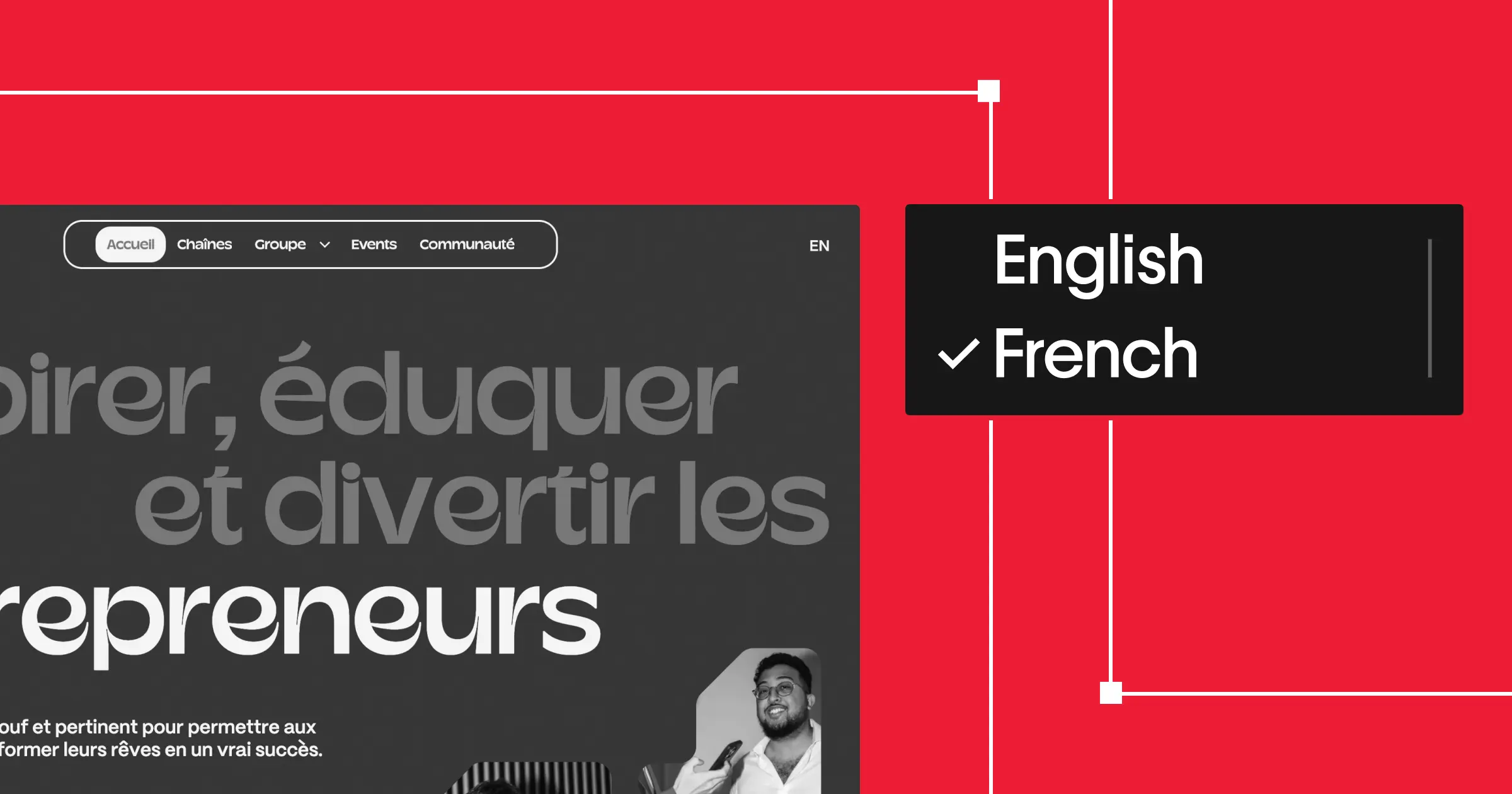When a website is localized — it allows you to reach untapped audiences — and subsequently, expand and grow your business.
And localization doesn’t just mean translation. Like we outlined in our guide to effective website localization — effective localization is all about creating a site that fosters meaningful and authentic connections with a target audience in each locale.
We talked to Jack Redley and Arnau Ros from Macu Studio and Scott Ruigrok from Agency Leroy to hear their top tips and pieces of advice for creating localized sites — from start to finish.
Here’s what they had to say.
Deeply understand your target market
When building localized sites, it’s vital to deeply understand each regional market and the target personas attached to each market.
According to Jack Redley of Barcelona-based Macu Studio, the first question you need to ask when it comes to understanding yours or your client’s market fit is, “Who are the 10 most valuable customers in each region?” By doing so, you will be able to clearly work out who benefits and values the most in each region — and be able to craft clear personas from that.
If you’re speaking directly to consumers and are a B2C company, Jack recommends identifying key factors like age, gender, income level, education, and marital status. For each different customer, you also want to ask questions around their behavior like: “What do they value?” “What are their interests?” and “What is their personality like?”
If your business is B2B — key things to understand here are the responsibilities of your target customer, the scope of their role, their focus areas, how they measure success, and pain points.
Perhaps most importantly, you also want to identify the specifics about this region or locale that these customers reside in. Taking deeper looks into the cultural nuances, a region’s history, and practices — is key to truly understanding the background of your target customer’s behaviors, desires, and needs.
With all of this information, Jack says that you’re not only able to foster “more precise and emotionally resonant marketing strategies,” but you’re also able to “segment audiences in a more structured manner and narrow down target groups based on quantifiable characteristics.”
Now, you can craft your different personas for each region. Jack’s number one recommendation for crafting personas is to “keep it real and relatable.” He notes: “Ideally your personas should be so well-understood that it feels like you know them personally.. and you do, because they're based on your real customers."
“At the end of the day, connecting with your global audience through localization is about understanding and appreciating their unique stories and perspectives,” Jack concludes.
Engage audiences with truly tailored localized experiences
We’ve said it before, and we’ll say it again — it’s easy to perceive a localized site as just a translated site — but it’s so much more than that. Jack perhaps puts it best: “Localizing goes beyond language; it involves acknowledging and respecting cultural subtleties and preferences.”
From the images you use, to the content of your site, and everything in between, every content or design choice will have a different meaning and perception to a locale or region.
The wrong choice can often end up alienating an entire target audience group. The right choice — by contrast — can increase site engagement, create a loyal customer base, and drive conversion rates.
Jack explained to us that your site content and design is vital when localizing a site and reaching regional audiences. For him and his team, they try to meet the audience where they’re at before presenting them with the information they want them to consume, or the action they want them to perform.
Maximize global traffic with international SEO
“Search engines like Google favor content that aligns with the searcher's language and cultural context,” says Jack.”When a site is properly localized, including its metadata and SEO strategies, it is more likely to rank higher in search results in different regions.”
Google and other search engines want to provide searchers with the most relevant information to them. For example, providing a Japanese searcher with an English site and American cultural references can be alienating, and so much can get lost in translation.
And this is supported by the stats. When surveyed, a CSA research study found that 76% of consumers prefer purchasing products with information in their own language. So, naturally Google’s algorithm — and that of other search engines like it — factor in the location of the searchers a huge reason for showing one result in search over another.
According to Jack: “improved search engine ranking drives more traffic to the website from international audiences seeking information or products in their native language.” He continues: “By catering to a wider range of linguistic groups, businesses expand their reach and potential customer base, ultimately increasing their global presence and website traffic.”
For the Macu Studio team, a solution that made it easy for them to localize sites and rank highly in search results was key when finding the right one to go with.
For them, they found it in Webflow: "We're excited to start implementing Webflow's localization solution for our clients because its out-of-the-box SEO features let you maximize visibility in your target locales,” said Arnau Ros. “From customizable sub-directories and URLs, to metadata translations and auto-generated sitemaps with HREF lang tags, the native solution makes it easy for search engines like Google to crawl site pages and understand how various locale pages are related to one another."
If you’re building for a client, set them up for success post-launch
When you’re building for a client — they are the sole owners of the site. Sure you might be the one who created it, but once your work is complete, you want the process of maintaining and updating their brand new site to be all up to them.
With localized sites, having clear handoffs and empowering your clients to be able to manage minor, iterative changes to the design or content on their own is particularly important. Because a localized site essentially is additional new sites on top of the original website — there’s a lot more to manage — and you don’t want to have your client rely on you for everything.
What’s worked best for Scott Ruigrok from Finland-based Agency Leroy has been setting up projects at the very beginning that fosters a clear handover procedure.
Scott and his team make sure that there’s clear ownership by their client from the jump. “We always start off with helping them set up their own account [in Webflow],” Scott says. This way, they’re able to ensure that the finished site is solely under the client’s control and domain.
In addition, when you’re prototyping and building the localized sites, Scott explained that it’s also important to maintain a collaborative relationship between you, your team, and your client. Giving them the ability to see and react first-hand to the site building process allows them to understand its inner workings and be able to fully own the decisions and changes that are made.
On top of all of this, Scott also emphasizes the importance of empowering your clients through resources, and throughout the building process recommends creating screen recordings, or hopping onto live video calls to help create meaningful guidance for your clients for their localized site.
“I create videos on everything from how to edit static page content, how to swap out an asset, to how to navigate the CMS or how to show or hide CMS items for certain locales, to switching between locales …the list goes on and on.”
Even though these videos may take extra work — Scott has found that giving Agency Leroy’s clients the ability to own straightforward updates and iterative changes to their localized sites has been incredibly valuable in the long run.
“[It usually just takes] three or four or five screen recordings of how to perform specific actions with all of the steps,” he says. “After that, they’re able to make iterative changes and inputs all on their own.”
Webflow Localization: the better way to build a localized site
Webflow Localization is an end-to-end solution that empowers users to design and build brand-differentiating, localized, sites — directly in the Designer.
From customizing images and alt text to specific locales, to out-of-the-box SEO features that make your site stand out, to collaboration tools and more — Webflow Localization allows you to extend the power of Webflow’s visual development platform to create digital experiences that resonate with audiences anywhere in the world.
To learn more, and get started click here.



















Customize your site for visitors around the world
From design to translation to best-in-class SEO, Webflow Localization is an end-to-end solution for customizing your site for a worldwide audience.


